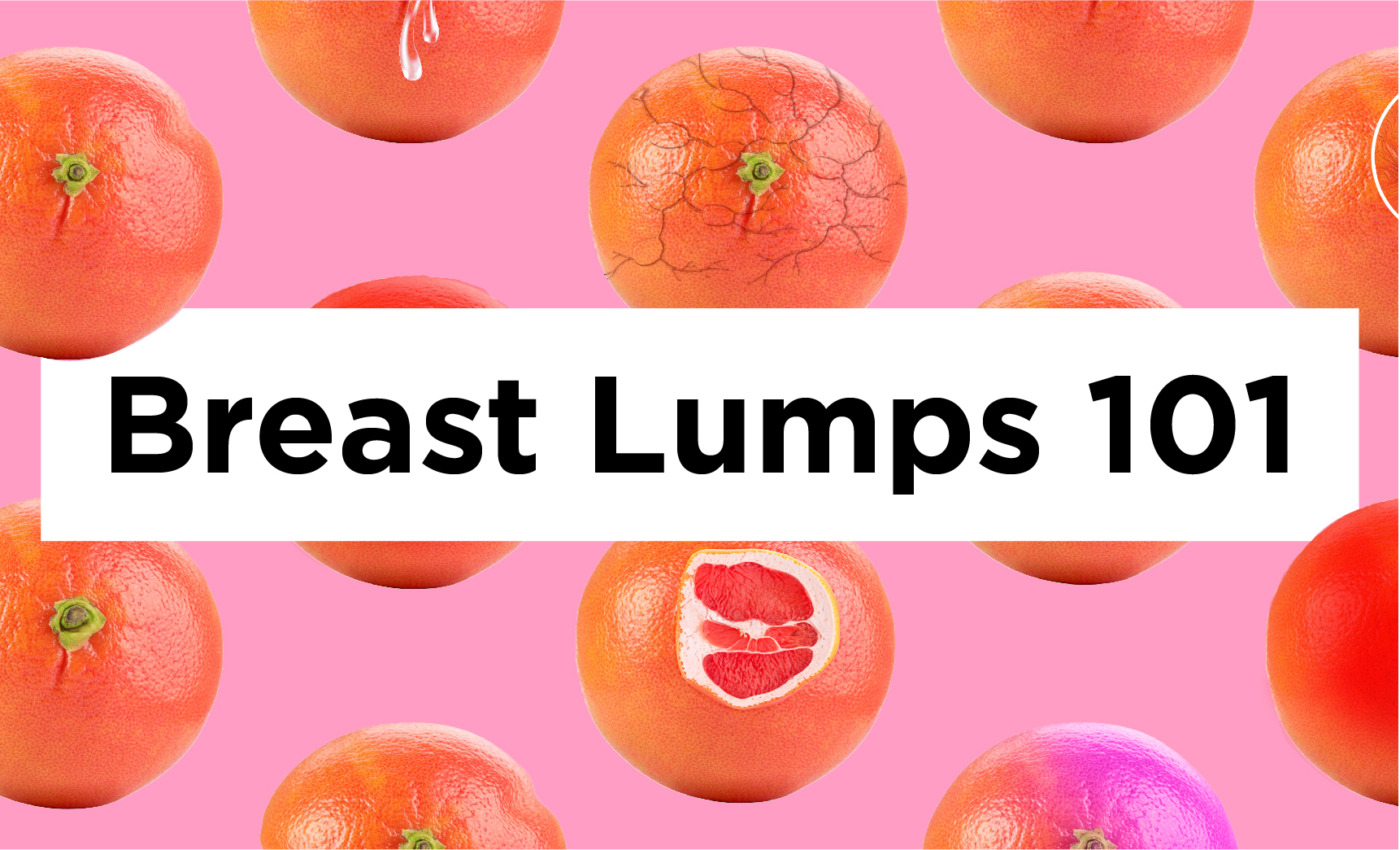Don’t Panic: Here’s What a Breast Lump Could Be
- Category: Women's Health
- Posted On:

Noticing a lump under the skin is concerning. Some of us sink into anxiety, others rush to Google to investigate. This new series will delve into common lumps that develop in females, males, and children. This October, we’re focusing on breast lumps.
Less Than 25% of Breast Lumps are Cancer
A breast lump is swelling, growth, or mass in the breast. Breast lumps can occur in both men and women, and they often raise concern for breast cancer, even though most are benign (noncancer). Knowing this statistic shouldn't be an excuse to not have a lump examined, however.
What Could Non-cancerous Breast Lumps Be?
Benign breast lumps can have many causes. Three of the most common causes of benign single breast lumps are fibroadenomas, cysts, or abscesses. Fat necrosis is another condition that can appear as lumps. Only your healthcare provider can diagnose your breast lump, but here is what to know about each type.

Fibroadenoma
Fibroadenomas are the most common benign breast lumps. They feel painless yet rubbery and move around freely. They are solid, firm, smooth lumps most often found in people in their 20s and 30s.
Characteristics of a fibroadenoma
- Firm and solid, not fluid-filled
- Common in women between ages 20 – 30
- A link has been noted between post-menopausal women taking hormone therapy and fibroadenoma occurrence
Fibroadenomas are concerning if they grow, change in appearance, or become painful. See your doctor if this occurs. Continue receiving breast exams (annually) and mammograms (after age 40) to prevent complications.
Breast Abscess
A breast abscess is a pocket of pus that causes swelling and a sore lump in the breast. Often caused by an infection, breast abscess symptoms may also include fever or lethargy. Breast abscess is most often caused by breastfeeding—you are more likely to have an abscess if you have mastitis in the past.
Characteristics of a breast abscess:
- A pocked of pus
- May swell or cause a sore lump in the breast
- Most often caused by a breast infection such as mastitis
Breast abscesses are not usually serious, but they should be diagnosed and treated by a doctor.
Breast Cyst
A cyst is a fluid-filled sac in the breast tissue, most often occurring in people between ages 35 and 50. They can feel hard of soft: those deep in the breast tissue will usually feel harder than one that is near the surface.
Characteristics of a breast cyst:
- Can cause concern because they appear quickly
- May become larger or sorer right before menstrual cycle
- May become larger or sorer as menopause approaches
- Rarely cancerous and may be caused by blocked breast glands
Breast cysts often go away on their own. However, it’s important to contact your PCP or OB/GYN if you notice any changes in your breasts so they can examine you.
Fat Necrosis
Fat necrosis is a condition where painless, round, firm lumps caused by damaged and disintegrating fatty tissues form in the breast tissue.
Characteristics of fat necrosis:
- Caused by damaged fatty tissues in the breast
- Often caused by trauma such as a blow or bruise to the breast
- Can occur after a lumpectomy/radiology from an earlier cancer lump
- Often occurs in people with large breasts
In some cases, healthcare providers will watch a fat necrosis lump through several menstrual cycles. They may want to do a mammogram before deciding whether to remove it. These lumps are not cancer and they don't increase your risk for cancer.
A woman's risk for breast cancer is highest after the age of 50, but even young women can develop it. Lumps should always be evaluated by a doctor. Also be aware of the other breast cancer warning signs which include dimpling, discharge, inverted nipple, vein enlargement, swelling, and pain.